Drew Tucker Interview
Welcome to our MTG Artists Interview series There’s no Magic without art.
Drew is one of the original 25 Magic artists, and we recently had the chance of talking to him on Skype. Here’s what he told us!
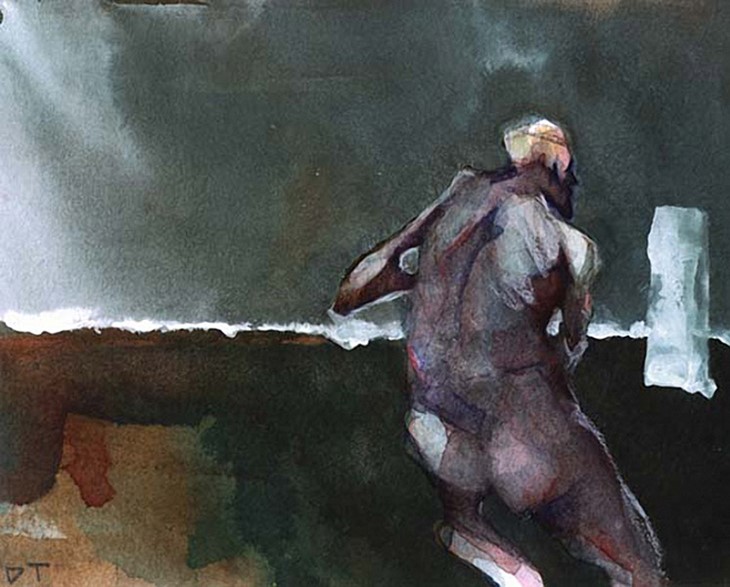
Hi Drew! Let’s start at the beginning, can you talk a little about your early days in illustration?
I went to the school of Visual Arts in New York. I did a Master’s called Illustration Visual Essay, which was run by Marshall Arisman [American illustrator and painter]. I’d always see his pictures in magazines and stuff, and so I was now a little bit older and had this opportunity of learning from him.
It was a great experience. In his classes, Marshall would encourage the idea of storylines and personal narratives. I always had this weaving of personal narrative in illustration.
You’re one of the original 25 magic artists, how did it all start?
I had this watercolor class, and in it was Sandra Everingham [Sandra was also one of Magic’s 25 original artists, and she’s now working as a Creative Team Leader at Valve], she told me that she was working with a group of people on a card game, and she wanted to know if I’d put a portfolio together.
She brought my portfolio over to Jasper Myrfors, and from there they brought me in and I started working. I was so in the right place at the right time!
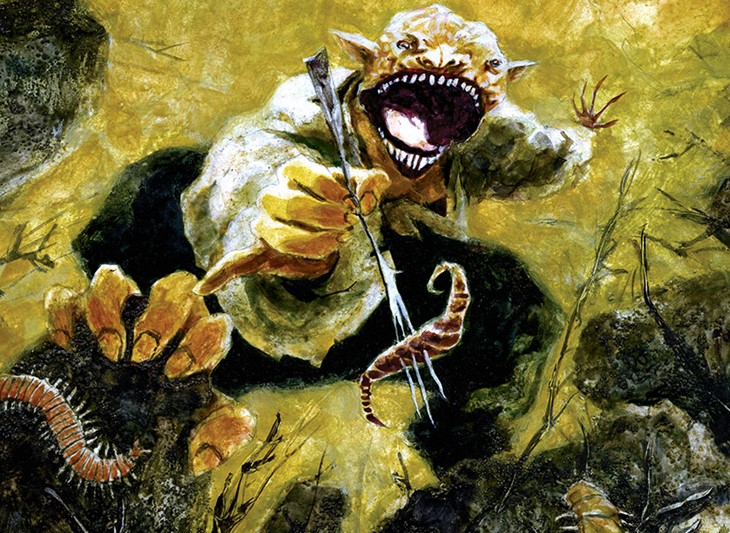
Did you have any idea about the game?
Not at all! I played D&D, but the game was so new at that point, they were still in the basement developing it. It was the first real assignment I ever got, and it was really exciting.
When did you realize it was a hit?
When the game first started out, and for advertising, they’d have us go around and do signings at comic book stores, because card stores didn’t exist yet, and sign cards.
You knew it was something, but the importance of the game to people didn’t set in until later, and it continually does so now. Maybe five of six years ago, that’s when it totally hit me!
I was signing cards at the event, and this guy came up, and I had signed his cards when he was 10, in 93. That blew my mind.
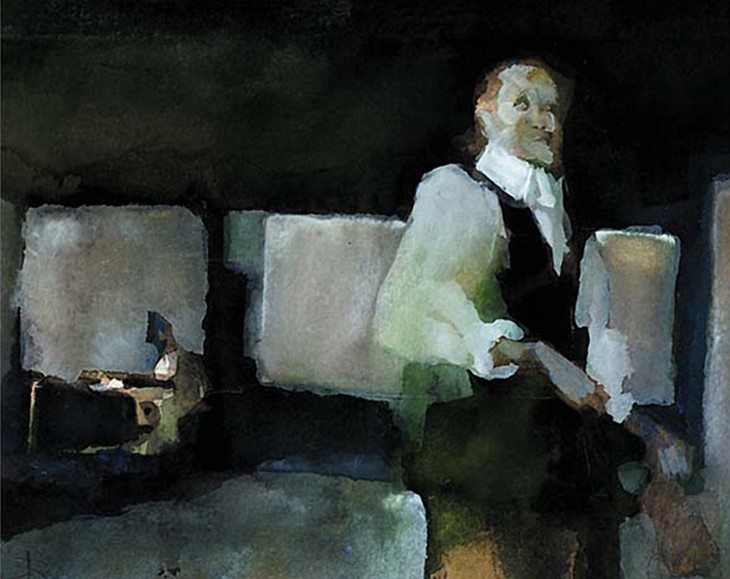
When we interviewed Pete Venters, he said that there were no art descriptions at this time.
Pete was right, there were no art descriptions. Jesper would call us up on the phone and he would just read card titles. Maybe he’d say it was a red card, but that was entirely the art direction. There was a lot of experimentation at the time.
Later they started sending Style Guides, and that changed everything.
Your Magic art seems to blend fine art and fantasy in a very unique way.
Two years ago, Jesper told me that one of the reasons they brought me on was specifically because I took a different view of Fantasy or Imaginative Realism like how it’s called now.
I grew up with Frazetta and Boris Vallejo like everybody else, but there was a part of me that was hooked on Dave McKean, Marshall Arisman, and the idea of painting from an emotional state. If I could feel it I thought other people might feel it too.

My style has changed over the years because I actually learned how to paint [Laughs]. I wasn’t that great of a painter when I was younger, I think I’m better now, because that’s like twenty-five years of practicing and painting and telling stories, and all that kind of builds up.
My earlier stuff was all watercolor, and I would look at oil paintings and I would love the smoothness and slickness and the colors of oil paintings, so I started developing my watercolors, so they would kind-a look like oils. And I used gum arabic to do these glazes and things like to deepen the contrast. Now I’m painting with oil, and I find myself trying to make it look like watercolor [Laughs].
You mentioned Vertigo and Dandan were your favorite Magic paintings, what do you like about them?
Vertigo I like it for its use of perspective, I think it was handled technically really well. I just thought Dandan was clever.

You also painted Phoenix Heart, the card Richard Garfield used to propose. How did this come to be, did you know Richard Garfield personally?
Not really, no. He sent me an email and asked if I’d do it, and it was an honor to do it. We talked a little bit, and he sent me pictures, and he gave some hints of things that he wanted and talked about the region his wife was from. I sent him some sketches and we did some back and forth.
What were the hardest cards to paint?
My very first card, Power Leak, doesn’t work as a painting, especially looking back at it 20 years later. It’s really abstract, and the anatomy is off, and it’s really painful to visit.
I think the hard part was always how to conceptualize them. It got easier when things got more defined. I think Dandan was a hard card to paint with all its weird layers.
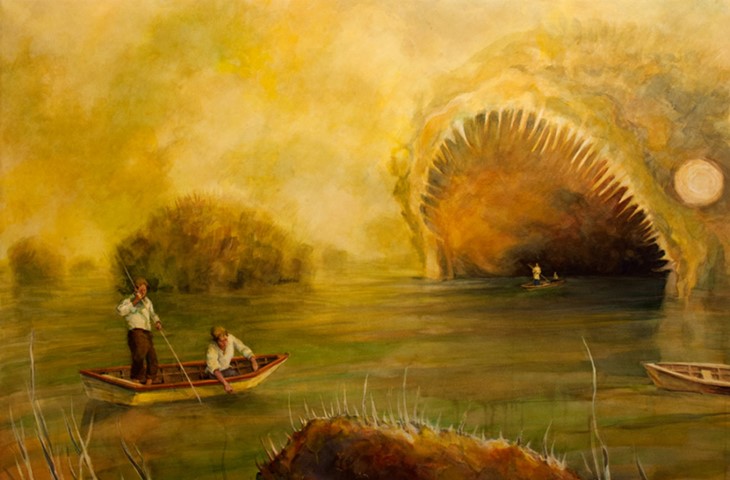
Find more about Drew Tucker’s work on his website.
Recommended Posts

Adam Paquette Interview
Welcome to our MTG Artists Interview series There's no Magic without art. For this week's interview, we talked with Ad
Read More
Anson Maddocks Interview
Welcome to our MTG Artists Interview series There's no Magic without art. We're very happy to share with you our talk
Read More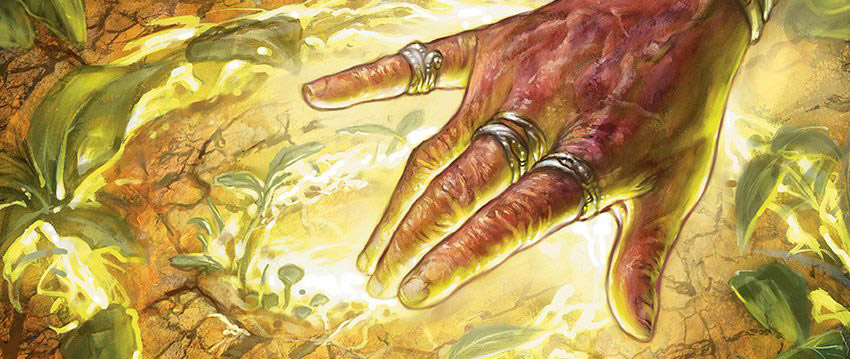
Anthony Palumbo Interview
Welcome to our Artists Interview series - There's no Magic without art - where we talk to artists about their work on
Read More
